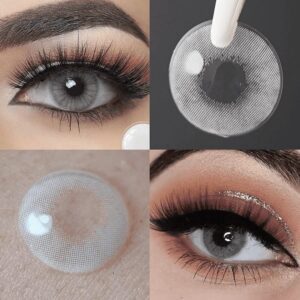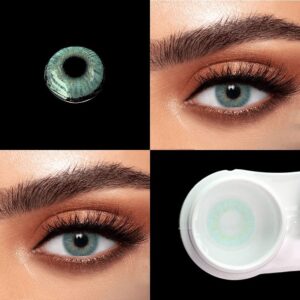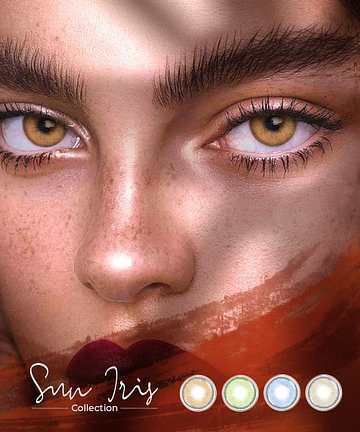
Common Questions For Wearing Colored Contact Lenses
Posted by
Amy@Unicornsbeauty
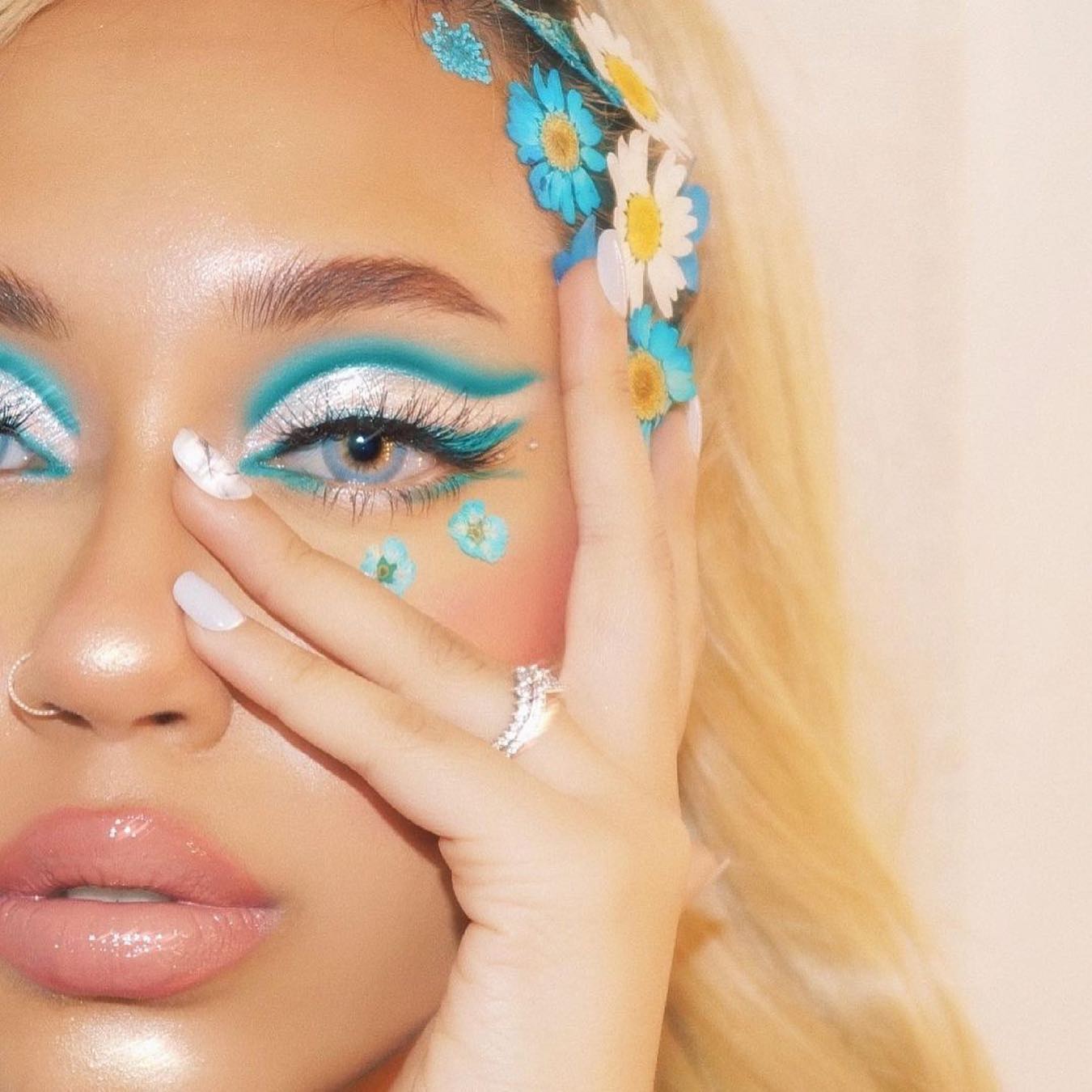
Colored contact lenses can be a fun and versatile accessory to enhance your look or transform your eye color. However, it's natural to have questions about their use, care, and safety. Here are some common questions people often have about wearing colored contact lenses:
Table of Contents
Can We Swim in My Colored Contact Lenses?
Colored contact lenses have become a popular accessory for those looking to enhance their eye color or achieve a unique look. While these lenses can be a fun addition to your daily routine or a special occasion, it's important to know the do's and don'ts of wearing them, especially when it comes to activities like swimming.
Can I Swim in My Colored Contact Lenses? Many people wonder if it's safe to wear colored contacts in the pool or on the beach, especially if the water is not salty. Well, when you ask an eye doctor, the answer is always the same - NO! You Should Not Swim in Colored Contact Lenses. We know it’s tempting. We understand. But, here at Unicornsbeauty’s, our No. 1 goal and focus is on your health and safety. And honestly - don’t shower in them either.
Water Contaminants: Pools, hot tubs, and natural bodies of water can contain various microorganisms, chemicals, and pollutants. When you swim with colored contact lenses, these substances can get trapped between the lens and your eye, increasing the risk of eye infections and irritation. If you’re swimming in the ocean, a lake, a pond, or a river, you’re likely to come into contact with more naturally occurring microorganisms that can lead to eye infections. If you spend your summer in the pool and cool evenings in the jacuzzi, you’ll find chemicals that create additional irritation in the eye, which allows microbes even more opportunity to infect.
Despite the crystal-clear appearance of water, even in the azure Caribbean seas, a diverse range of microorganisms and bacteria thrive in this natural habitat. This holds true whether you're immersed in a swimming pool, lake, stream, ocean, hot tub, or simply using tap water. We don't intend to alarm you, but it's important to remember that you encounter these microscopic creatures throughout your daily routine. Fortunately, your body possesses defense mechanisms to maintain your health and safety. Regrettably, despite their comfort and reliability, colored contact lenses are not entirely natural and can disrupt your body's natural defense mechanisms.
Contact lenses are designed with a porous structure, acting like tiny sponges capable of absorbing liquids. This feature contributes to their comfort and wearability by ensuring sufficient moisture levels, preventing dryness. To maintain flexibility and optimum performance, colored contact lenses rely on natural tears or eye drops. However, it's important to note that water absorbed by the lenses can create a potential risk. Microbes present in the absorbed water may attack the surface of the eye.
Under normal circumstances, when water contacts the eye, the nervous system triggers blinking, effectively pushing away bacteria and microorganisms while tears flush them out. However, when wearing colored contact lenses, these microbes can hide beneath the lenses, evading natural blinking and washing mechanisms.

Lens Displacement: Water activities, especially diving or jumping into the water, can cause your lenses to shift or dislodge from your eyes. This can lead to blurry vision or even losing a lens in the water, which can be challenging to retrieve.
Chemical Exposure: Swimming pools are treated with chlorine and other chemicals to maintain water quality. These chemicals can react with your colored contact lenses, potentially causing discomfort and lens damage. In some cases, the lenses may absorb these chemicals, making them uncomfortable to wear afterward. Chemicals in swimming pools can cause the tissue of your eye to become read, swollen, and inflamed. Salt in ocean water can irritated the surface of your eye. And there is also the risk of losing your colored contact lenses while swimming or showering.
Dehydration: Water can cause your colored contact lenses to become dehydrated, leading to discomfort and dryness. This can be exacerbated when swimming because water can wash away the natural tears that help keep your eyes moist while wearing lenses. Water causes contact lenses to swell, making them less comfortable on the eye. Water can also wash away your natural tear film, which is lubricating and helps keep your eyes feeling so dry.
What Should You Do?
If you plan to engage in water activities, it's best to remove your colored contact lenses and wear prescription goggles if needed. Goggles provide clear vision and protect your eyes from water contaminants and chemicals. If you don't require prescription lenses for clear vision, you can use non-prescription swim goggles.
Additionally, it's essential to follow proper contact lens hygiene and care guidelines. If you accidentally expose your lenses to water while swimming, remove and clean them with an appropriate contact lens solution as soon as possible to minimize the risk of irritation or infection.
If you experience negative effects after swimming in your colored contact lenses, such as redness, pain, irritation, light sensitivity, unusual discharge, or blurred vision, throw the lenses away immediately. If these symptoms last more than a few hours, get in touch with your eye doctor right away. And own up to swimming in your colored contact lenses, so they know how to offer support.
In conclusion, swimming with colored contact lenses is generally not recommended due to the potential risks associated with water contaminants, lens displacement, chemical exposure, and lens dehydration. To ensure your eye health and comfort during water activities, opt for prescription goggles or non-prescription swim goggles, and always prioritize proper contact lens care. Your eye health should always be a top priority when it comes to any activities involving contact lenses.
Can We Cry with Contacts in?
Crying is a natural emotional response, and it's not something we can always control. But what happens when you're wearing colored contact lenses? Can you cry with them in, and is it bad for your eyes? Let's explore these questions.
Can You Cry with Contacts In?
Yes, you can cry while wearing colored contact lenses. Tears, whether from sadness, joy, or irritation, are a normal part of life, and contact lenses don't prevent your eyes from producing tears. If you’re wondering if you can cry with contacts, fear not, the additional tears will not damage your lenses. In fact, tears play an essential role in keeping your eyes moist and healthy so that you can wear your colored contact lenses comfortably.
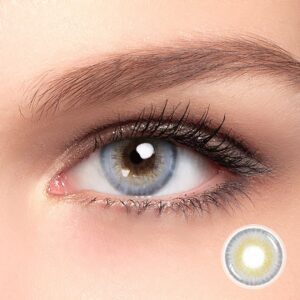
Is Crying with Contacts Bad for Your Eyes?
It is acceptable to shed tears while wearing contact lenses, but excessive eye-touching should be avoided as it may result in wrinkles or folds on the lenses, which could dislodge them from the cornea. This could potentially lead to the lenses getting trapped under the eyelids and causing discomfort. For individuals wearing soft contact lenses, caution should be exercised when drying the eyes to prevent rubbing them with any object that could potentially cause tearing, as it would only exacerbate the irritation and discomfort.
While crying with contacts in is not inherently bad, there are some considerations to keep in mind:
- Discomfort: Crying can cause your eyes to become watery and may wash away some of the natural tear film that lubricates your eyes. This can make your contacts feel less comfortable or lead to temporary blurriness.
- Reduced Vision Clarity: Excess tears on the surface of your contacts can distort your vision temporarily. Blinking and using artificial tear drops can help alleviate this issue.
- Potential for Irritation: If you're crying due to an irritant in your eyes, such as dust or an eyelash, it's essential to remove your colored contact lenses to avoid trapping the irritant between the lens and your eye.
- Extended Wear Lenses: If you wear extended wear colored contact lenses designed for overnight use, excessive crying can lead to the lenses becoming less comfortable. It's advisable to remove and clean your lenses if they become uncomfortable.
- Dry Eyes after Crying: Paradoxically, some people may experience dry eyes after a crying episode. This can be due to the emotional response causing your eyes to produce fewer natural tears for a brief period.
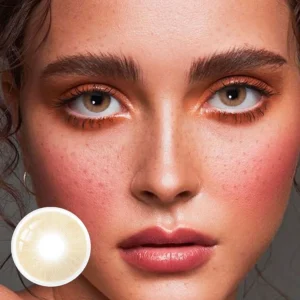
Is it safe to cry while wearing colored contact lenses?
Absolutely! Crying with your contacts on won't harm them at all. In fact, tears act as a natural lubricant, helping the contacts move smoothly on your corneas. In rare cases, excessive tears might cause the lenses to shift slightly, but a quick blink should usually put them back in place.
One thing to note is that extra tears in certain situations may result in protein deposits on the lenses. To prevent this, consider cleaning your contacts after crying to remove any deposits or makeup that may have come off. When not properly cleaned, these deposits can lead to blurry vision while wearing the contacts. If your eyes are still red or irritated, it's advisable to give them a break by removing the lenses and cleaning them before putting them back in. Take care of your eyes!
Tips for Managing Tears with Contacts
Blink: Blinking can help redistribute your tears and improve vision clarity.
Use Artificial Tears: Over-the-counter artificial tears can help soothe dryness and discomfort caused by excessive crying.
Remove and Clean Your Lenses: If your contacts become uncomfortable or blurry after crying, consider removing and cleaning them. Make sure your hands are clean and dry when handling your lenses.
Stay Calm and Relax: If you find yourself frequently crying with contacts in due to allergies or irritation, consult your eye care professional for advice and possible adjustments to your lens type or solution.
It's entirely normal to cry with contacts in, and it's not inherently bad for your eyes. However, it can lead to temporary discomfort, reduced vision clarity, and potential irritation if there are underlying issues. Taking steps to manage tears and maintain proper contact lens hygiene can help ensure your comfort and eye health while wearing contacts, even during emotional moments.
Can We Wear Contact Lenses for Reading?
As individuals get older, particularly those above the age of 40, their vision tends to undergo changes. If you find yourself wondering, "Why do my contacts become blurry?" and experience difficulty focusing on nearby objects, resulting in blurred vision despite wearing contacts, you might be developing a condition known as presbyopia. Contact lenses have been a game-changer for people with vision impairments, providing a convenient alternative to eyeglasses. But can you wear contact lenses specifically for reading? The answer is yes, and it's a common practice among individuals with presbyopia, a condition that affects near vision as we age.
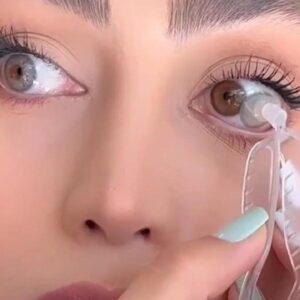
Types of Contact Lenses for Reading
Multifocal contact lenses offer a practical solution for individuals with presbyopia, providing clear vision at various distances. These lenses incorporate multiple prescription strengths, allowing users to see clearly up close, at intermediate ranges, and far off. They are particularly beneficial for individuals who require assistance with reading and other near tasks without compromising distance vision.
Over the years, multifocal lenses have undergone significant advancements in design and crafting techniques, catering to specific needs. One popular type of multifocal lens is the bifocal design, featuring separate lens powers for distance and near vision. Typically, distance correction is concentrated at the top of the lens, while close correction is positioned at the bottom. Progressive multifocal lenses, on the other hand, offer a seamless transition from distance to near vision with a gradual change in lens power, mimicking natural visual acuity. By correcting near and distance vision, multifocal contacts eliminate the need for reading glasses, providing convenience for those with presbyopia. To optimize the benefits, it is advisable to start wearing these lenses during the early stages of presbyopia when adapting to them is easier compared to stronger correction needs for reading.
Multifocal lenses are by and large the best colored contact lenses for reading. These lenses are usually made on hydrogel plastics, which means that they are comfortable to wear and easy to get used to. If you spend a lot of time reading from a screen, you may also want to consider protecting your eyes from strain with blue light glasses. Extended periods of time in front of computer screens, especially in low lighting can strain your eyes. Blue light glasses, filter out blue light from the white light emitted from the monitor screen to protect your eyes from excessive strain.
Bifocal Contact Lenses: Similar to bifocal eyeglasses, these lenses have two different prescriptions in one lens. The upper part is designed for distance vision, while the lower part is for reading or close-up tasks. Bifocal contacts can be a good option for those who require specific reading assistance.
Monovision Contacts: In monovision, one eye is corrected for distance vision, while the other is corrected for near vision. This can be achieved with different types of contact lenses, such as a multifocal lens in one eye and a single vision lens in the other. It allows each eye to focus on a different distance, effectively aiding both reading and distance vision.
Advantages of Contact Lenses for Reading
- Natural Appearance: colored contact lenses offer a more natural appearance than bifocal or progressive eyeglasses, as there are no visible lines or segments on the lenses.
- Peripheral Vision: Contact lenses provide an uninterrupted field of vision, including peripheral vision, which can be advantageous for activities like sports or driving.
- Convenience: Contacts are convenient for those who lead active lifestyles or dislike the feeling of wearing glasses. They don't fog up or get smudged, and you can wear non-prescription sunglasses without issues.
- Cosmetic Choice: Some people prefer contact lenses for aesthetic reasons, as they allow you to showcase your eye makeup and facial features without the obstruction of glasses.
- Considerations for Wearing Contact Lenses for Reading:
- Prescription and Eye Health: It's crucial to have a comprehensive eye examination and consultation with an eye care professional to determine the appropriate contact lens prescription and ensure your eyes are healthy enough for contact lens wear.
- Adjustment Period: If you're new to contact lenses or trying a new type for reading, there may be an adjustment period as your eyes adapt to the lenses. Your eye care provider can guide you through this process.
- Maintenance: Proper contact lens care and hygiene are essential to prevent eye infections and maintain clear vision. Follow your eye care professional's recommendations for cleaning, disinfecting, and replacing your lenses.
Wearing contact lenses for reading is a viable and practical option for many individuals, especially those with presbyopia. The availability of multifocal, bifocal, and monovision contact lenses makes it possible to address both near and distance vision needs while enjoying the convenience and aesthetic benefits of contact lens wear. However, consult with your eye care professional to determine the best type of contact lenses for your specific vision requirements and lifestyle.
Sale
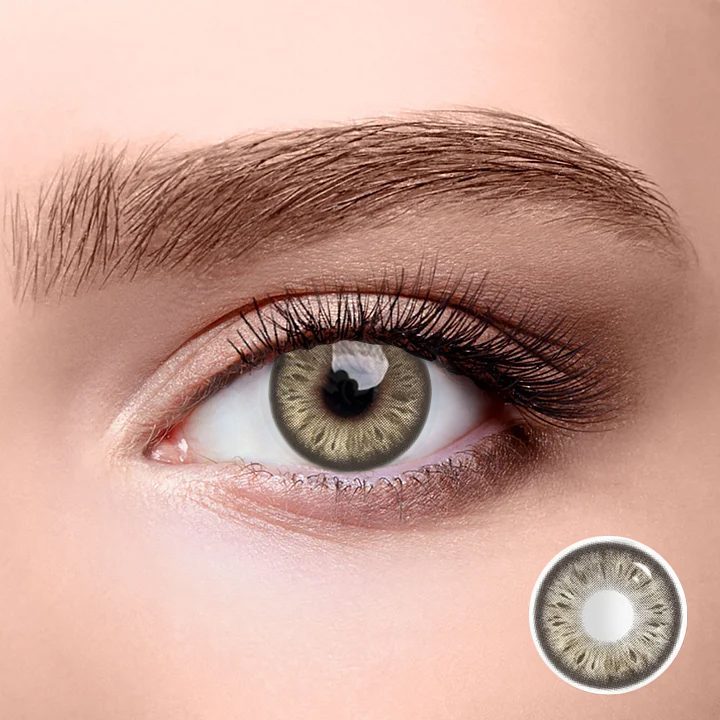
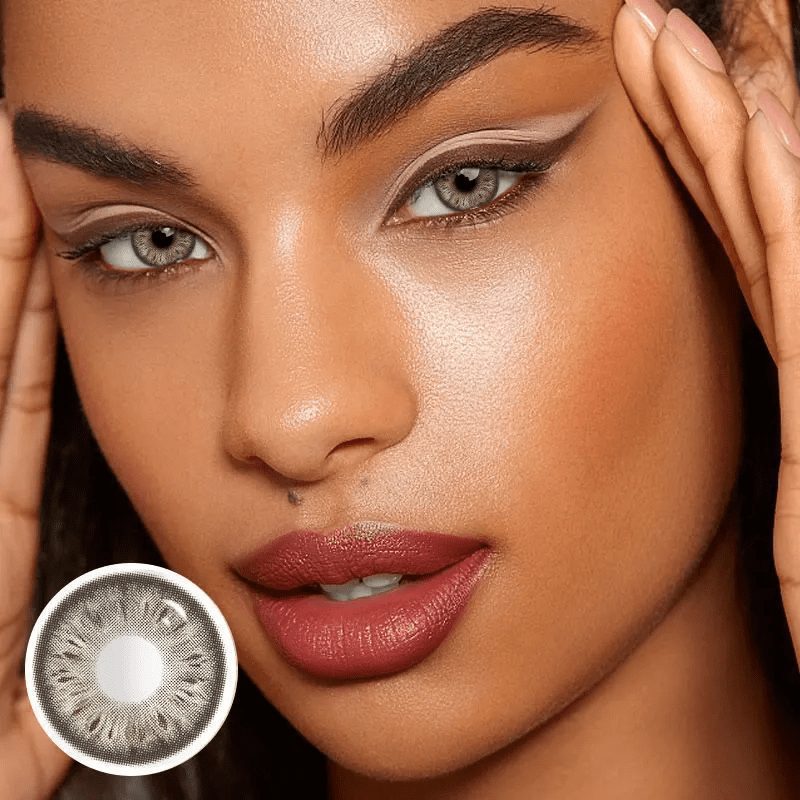
Select options
This product has multiple variants. The options may be chosen on the product page
Sale
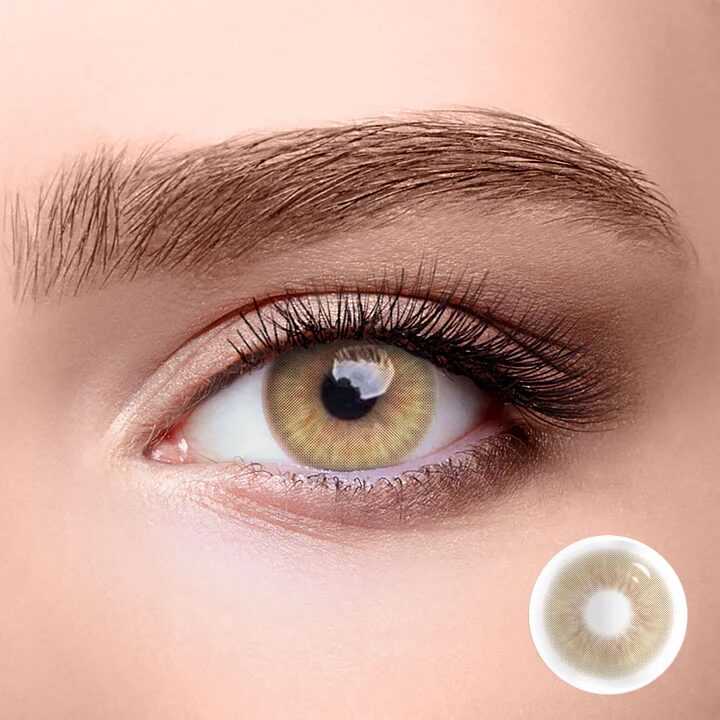
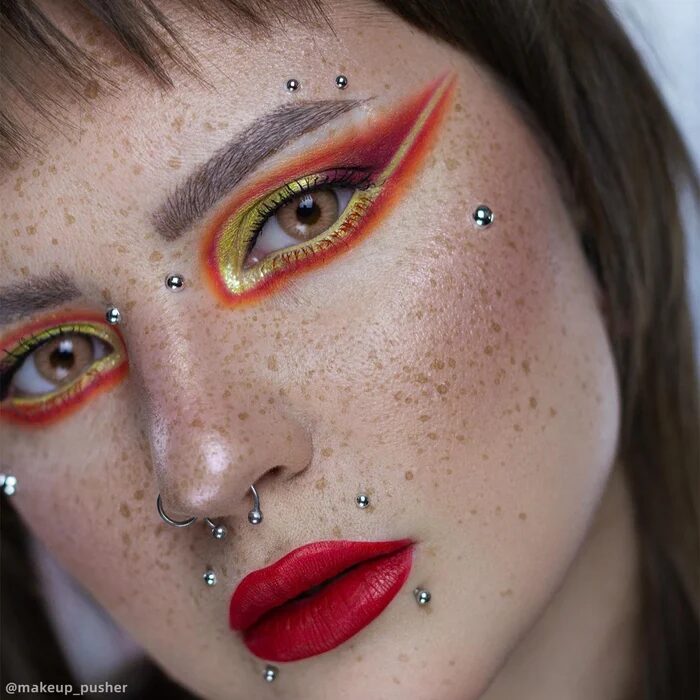
Select options
This product has multiple variants. The options may be chosen on the product page
Sale
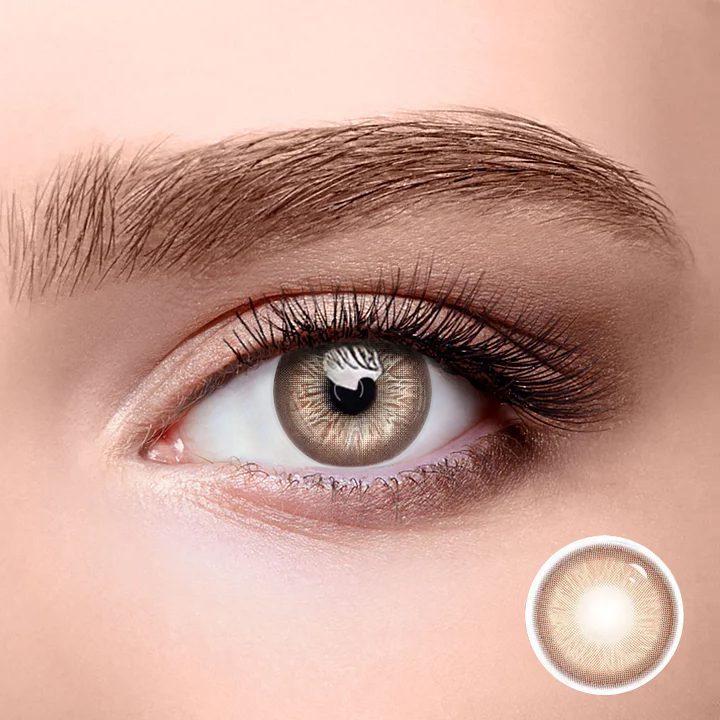
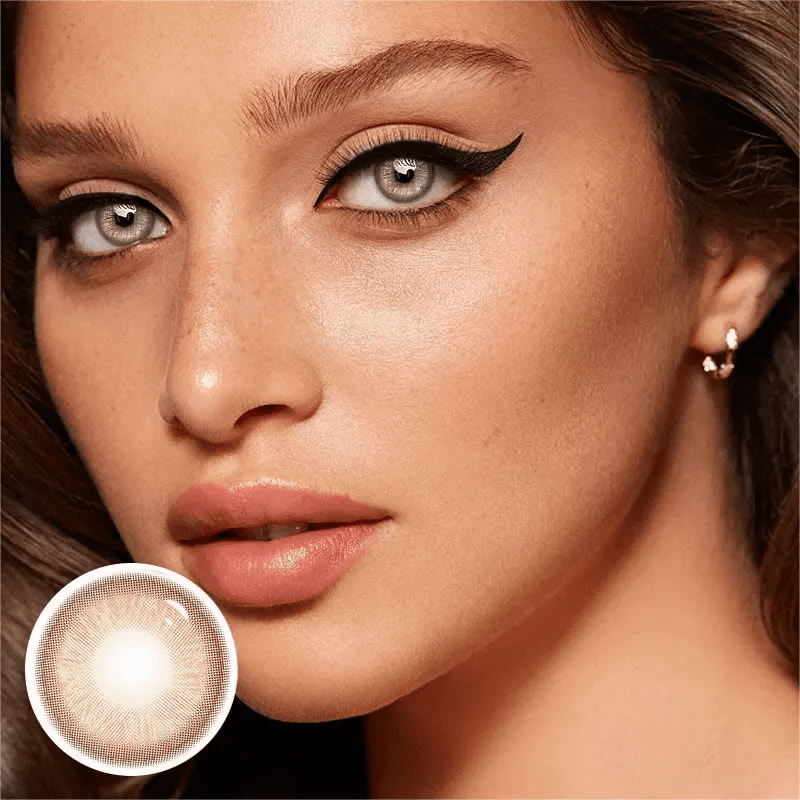
Select options
This product has multiple variants. The options may be chosen on the product page
Rare Iris Brown
Rated 5.00 out of 5
Sale
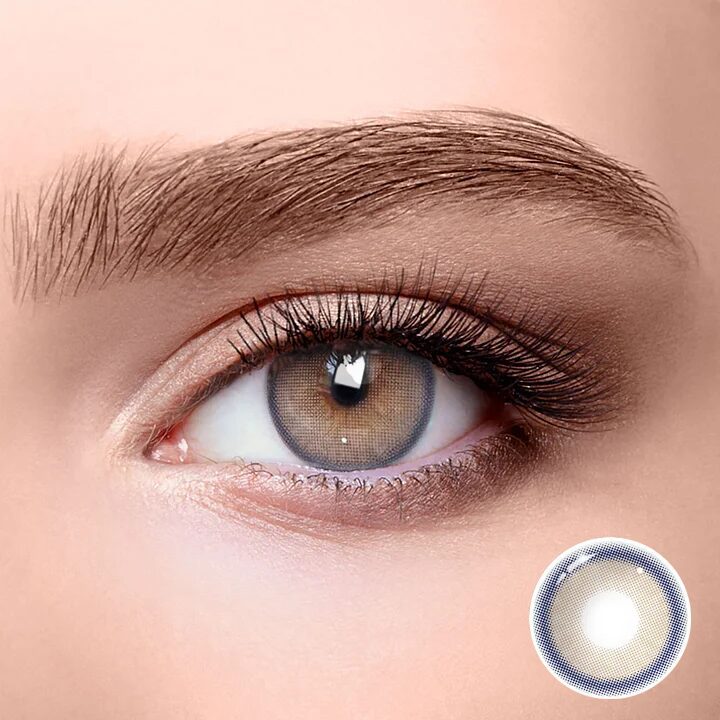
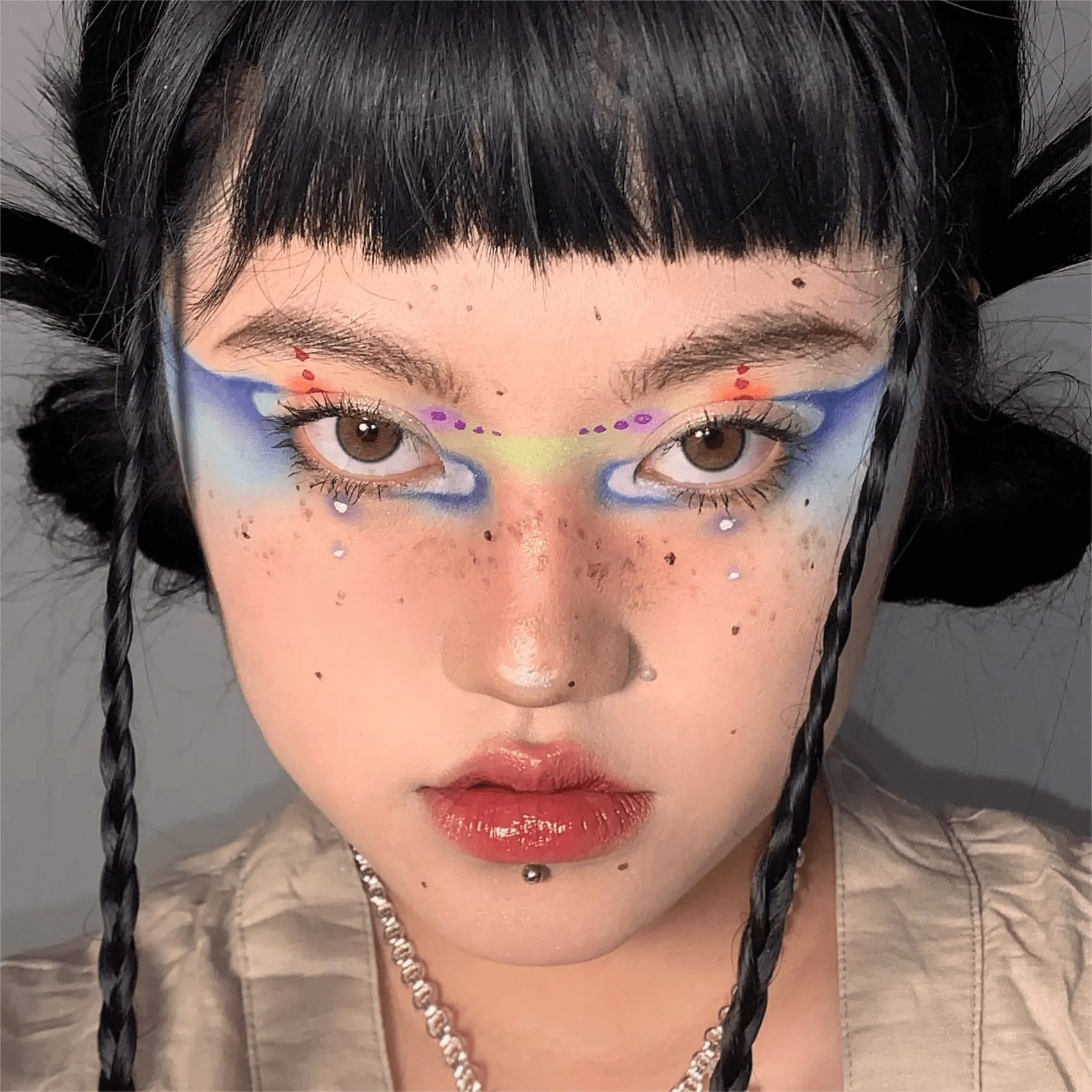
Select options
This product has multiple variants. The options may be chosen on the product page


 Gold
Gold
